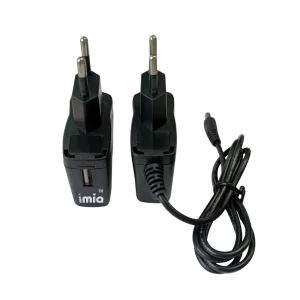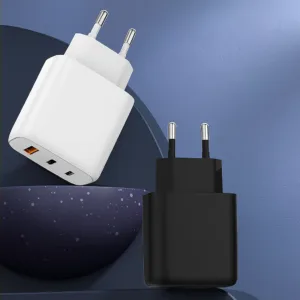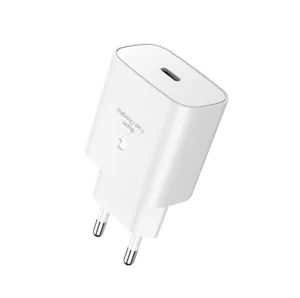As USB-C becomes the standard for charging and data transfer, users often find a wide range of prices when shopping for USB-C cables. Some are available for just a few dollars, while other which marketed as USB-C fast charging laptop cables or Thunderbolt 4 USB-C cables—can cost significantly more. So, what justifies these price differences? In this article, we break down the factors that make some USB-C cables more expensive and why it often pays to invest in quality.
1. Power Delivery Support and Charging Speed
One of the most important factors affecting cable price is USB-C Power Delivery (USB-PD) support. Cables rated for 100W or even 240W charging are built with superior internal wiring to handle higher currents safely and efficiently. If you’re searching for the best 100 watt USB-C cable for laptops, expect to pay more for one that meets rigorous electrical standards and maintains a consistent charging speed.
Why this matters:
Using a cheap cable with a high wattage laptop USB-C charger could lead to overheating, reduced charger performance, or device incompatibility. A USB-C charger must match the cable’s rated capacity for optimal results.
2. Data Transfer Capabilities: USB 2.0 vs. USB4
Not all USB-C cables offer the same data transfer speed. Budget cables often support only USB 2.0 (480 Mbps), while higher-end options support USB 3.2 (10 Gbps) or even USB4 and Thunderbolt 4 (up to 40 Gbps). If you’re looking for ultra-fast performance for external SSDs or high-resolution displays, choose a Thunderbolt 4 USB-C cable for ultra fast data transfer.
For professionals moving large video files or working with external GPUs, the extra cost of a high-speed cable pays for itself in time saved.
3. Cable Durability and Build Quality
Premium cables often come with reinforced sheathing, such as woven USB-C cable designs, to resist wear and tear. A durable USB-C connector design also helps prevent fraying and connector failure from repeated plugging/unplugging.
4. Active vs. Passive Cables
Cables designed for high-speed and long-distance data transfer sometimes include internal electronics, making them “active cables.” In contrast, “passive cables” rely entirely on the host and device for signal boosting, often limiting speed or distance. Active USB-C cables cost more but support longer runs and better signal integrity. While Passive USB-C cables are cheaper but may compromise performance at higher speeds or wattage.
5. Certification and Testing
Official USB-IF certification ensures a USB-C cable complies with industry standards for performance and safety. These cables undergo rigorous cable testing, including checks for DC resistance, signal integrity, and durability.
Using uncertified or poorly built cables can lead to slow charging, particularly with 45 watt USB-C cables, or even damage your laptop. Always look for USB-IF certified USB-C cables for safety and performance.
6. Special Features: Magnetic Cables and Adapters
Magnetic USB-C cables offer convenience and can reduce wear on ports, but they come with trade-offs. Some poorly designed models cause power loss or poor data transfer, and there are risks of using magnetic USB-C cables with high-wattage devices.
Additionally, using a USB-C to USB-A adapter can help connect modern devices to legacy hardware, but these may not support USB-C fast charging or high-speed data rates, depending on their design.
Conclusion: You Get What You Pay For
Not all USB-C cables are created equal. Whether you’re buying a USB-C cable with 10 Gbps data transfer speeds, a USB-C fast charging laptop cable, or a simple USB-C to USB-A adapter, understanding the specifications and certifications behind the product is key. The price tag often reflects real engineering and quality differences that affect your device’s safety, speed, and longevity.
Investing in the right cable can enhance your productivity, protect your hardware, and unlock the full potential of USB-C technology.





